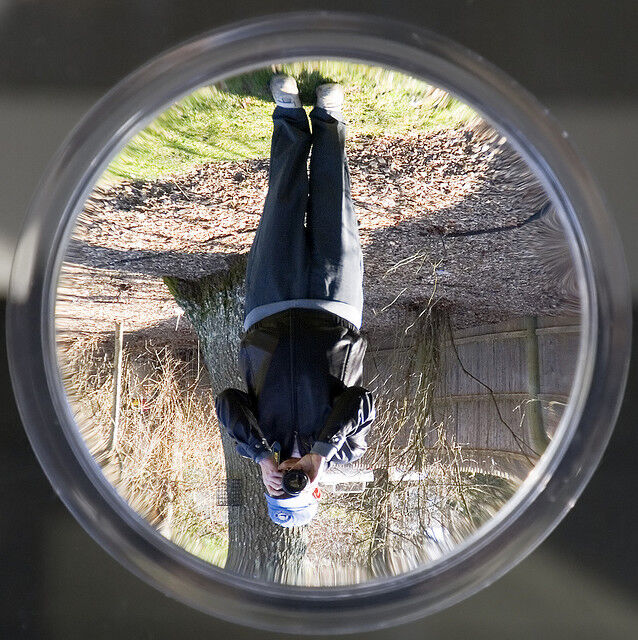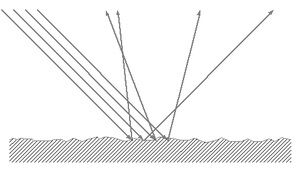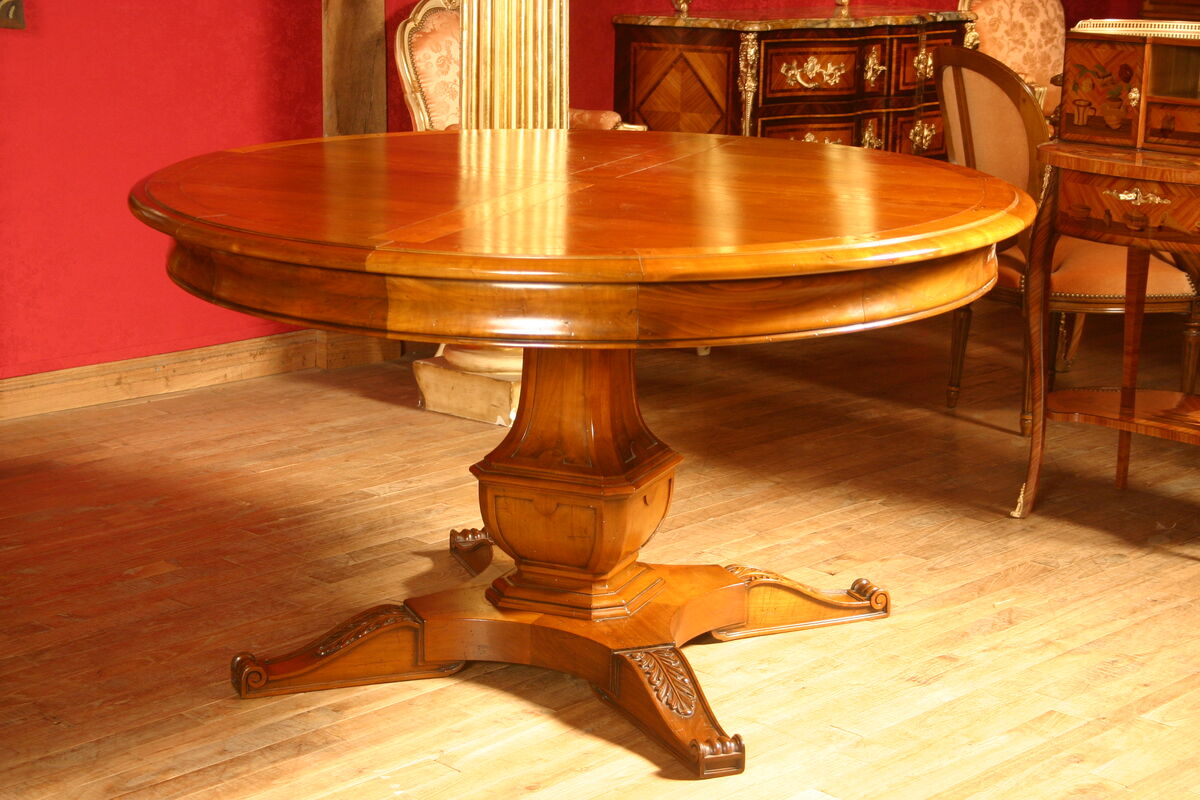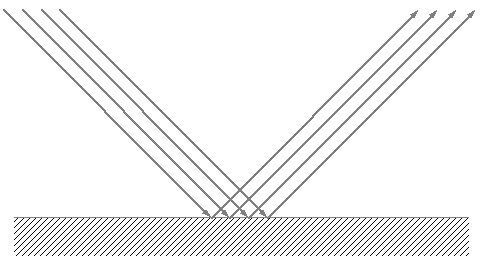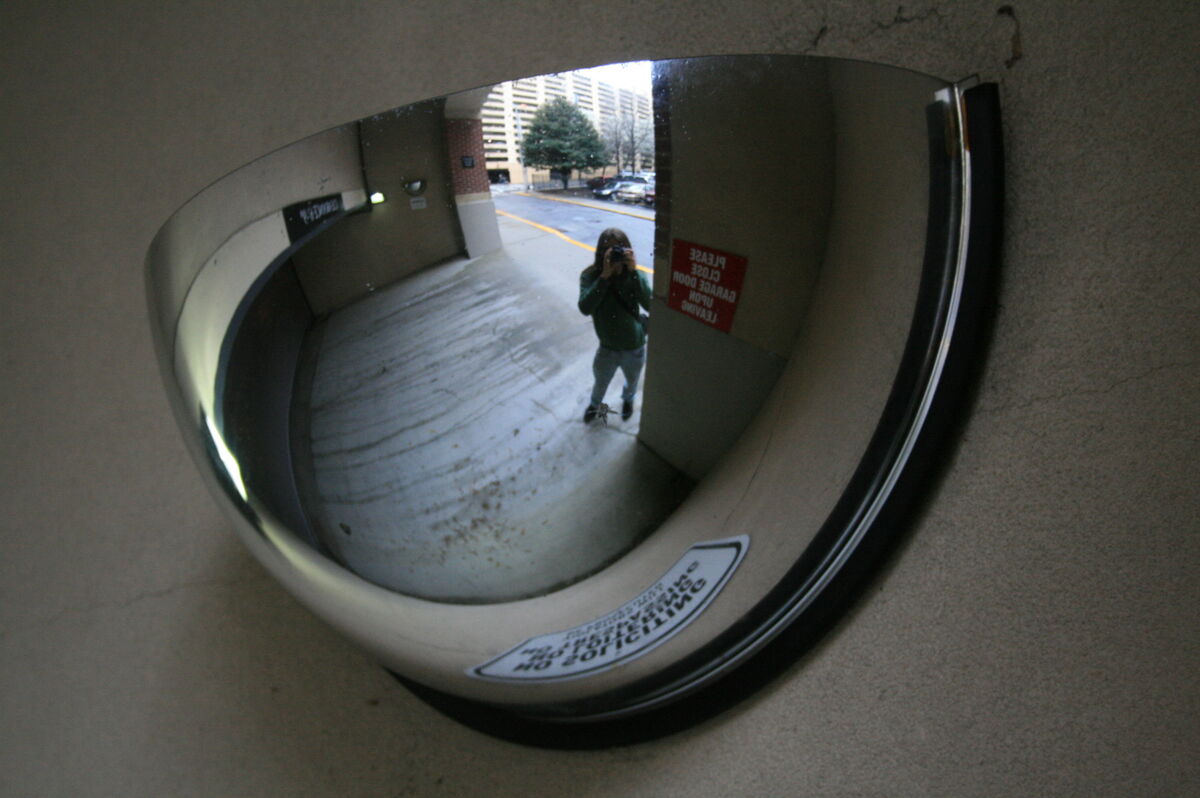Reflection is the changing direction of light at the interface of two mediums, which causes it to return to its original medium.
- Diffuse reflection occurs on irregular (or unpolished) surfaces. Light is reflected in several directions.
All unpolished surfaces, such as a table top, cause diffuse reflection. It is impossible to get a clear image when observing an object on this type of surface.
- Specular reflection is the regular reflection of light. Unlike diffuse reflection, it can only exist if the light rays encounter a perfectly flat or polished surface.
Mirrors, panes of glass or a perfectly still water surface are examples of surfaces that can produce specular reflection.
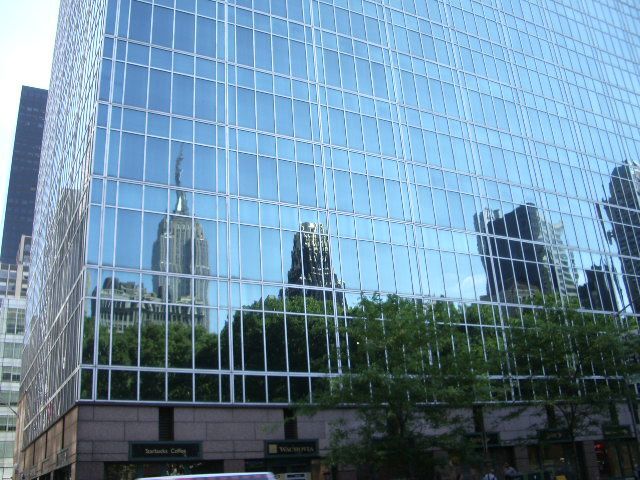
A mirror is generally polished, metallized glass (pewter, silver, aluminum) or a polished surface (metallic or other) that reflects light.
A plane mirror is a perfectly flat, reflective surface.
A curved mirror focuses or disperses light rays. There are two types of curved mirrors:
A convex mirror reflects light away from the curvature of the mirror.
A concave mirror reflects light within the curvature of the mirror.
In physics, the properties of light rays can be studied using different types of mirrors and the various formulas associated with them.
The type of mirror determines the position and movement of the light rays. If you know the properties of mirrors, you can build devices using them.
Flat mirrors are generally found in household bathrooms.
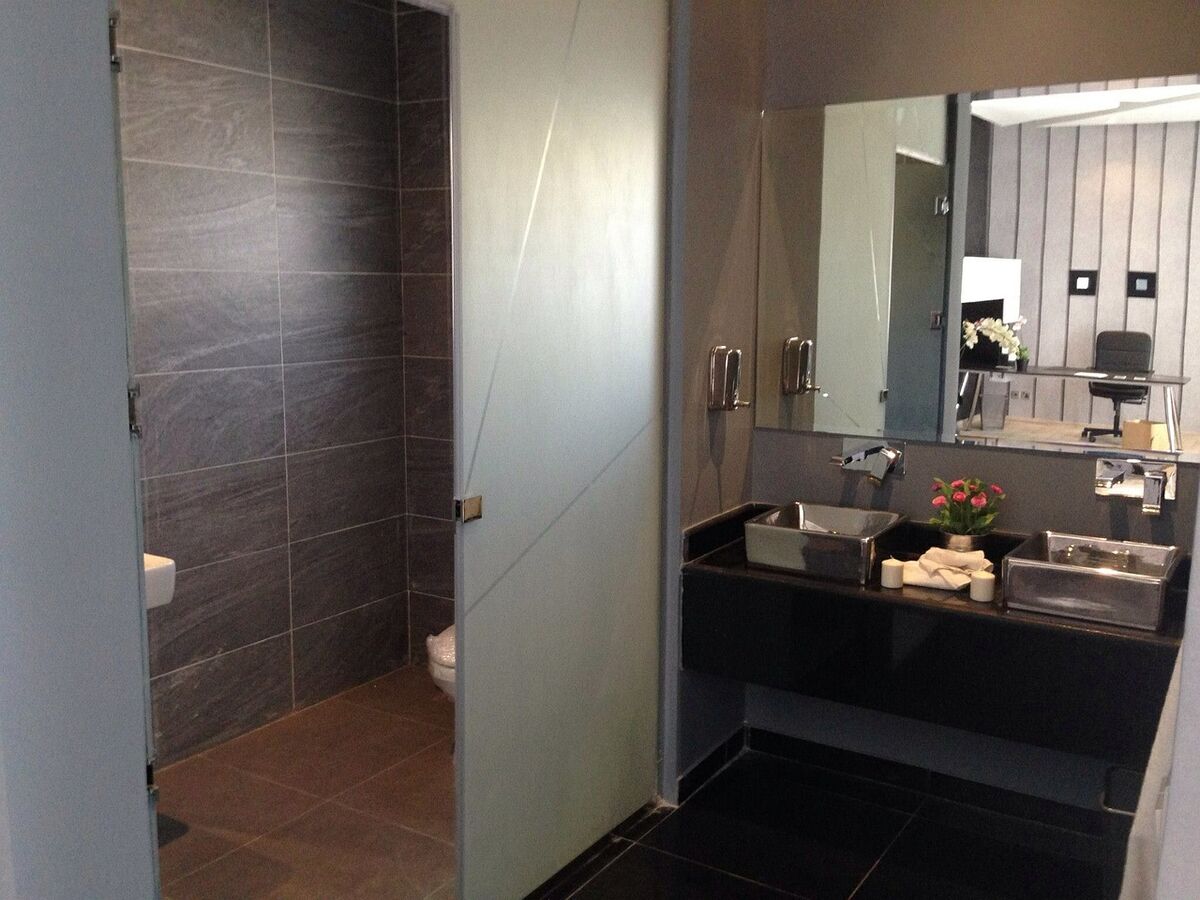
Convex mirrors are used, among other things, to ensure safety in car parks and convenience stores.
Concave mirrors produce inverted images. In everyday life, they are used in car headlights.
